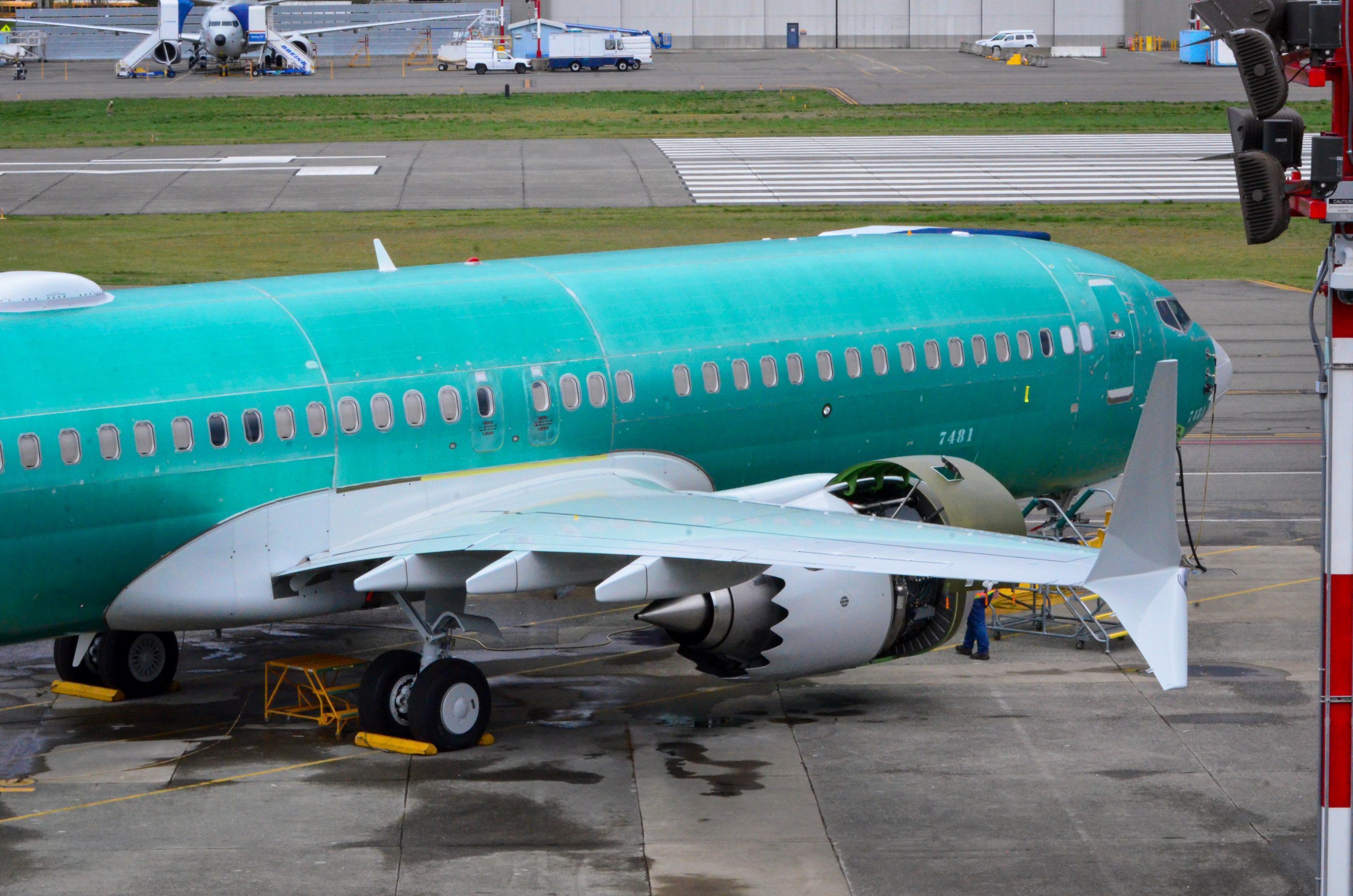diplomat33
Average guy who loves autonomous vehicles
If manufactures offer L4 vehicles for sale without controls and you encounter "Conditions" and L4 will not operate, what do you do?
(Taking this to the autonomous car progress thread in order to avoid taking the Elon FSD Beta Tweets thread off-topic).
Short answer is you are basically screwed since you have no way of taking control to get the L4 unstuck. So the manufacturer has to make sure the L4 will never get stuck inside its ODD if they want to sale a personal car with no controls. And if the manufacturer cannot guarantee that the L4 will never get stuck, then they need to include some way of controlling the car, either a steering wheel or pedals, controls on a touch screen or remote assistance.







